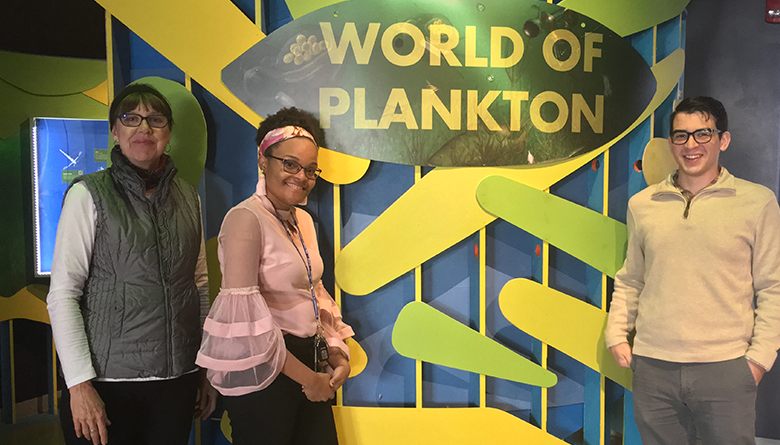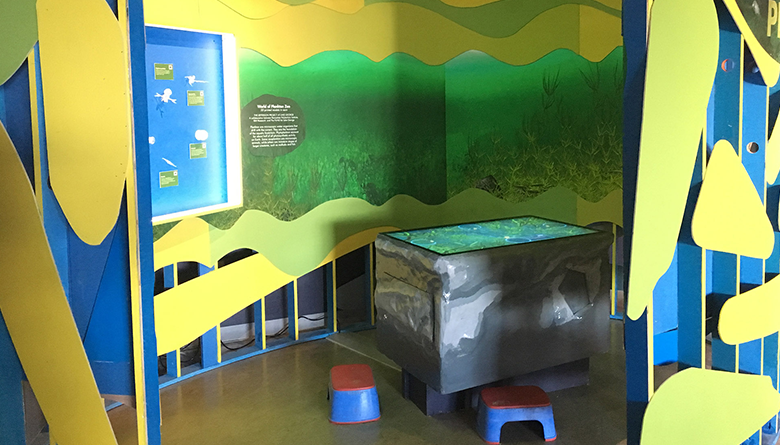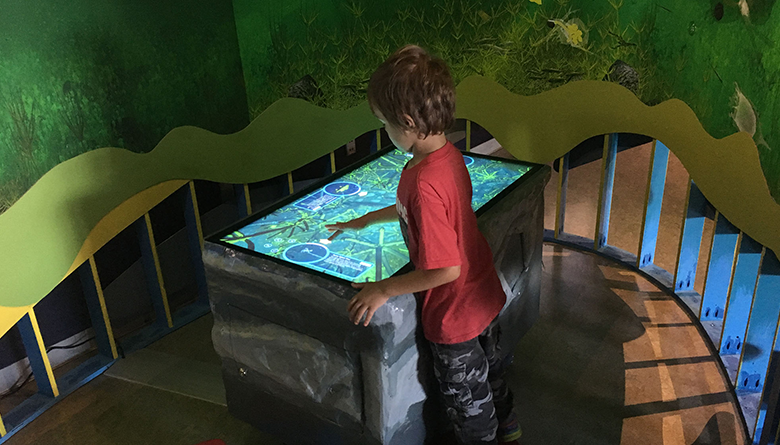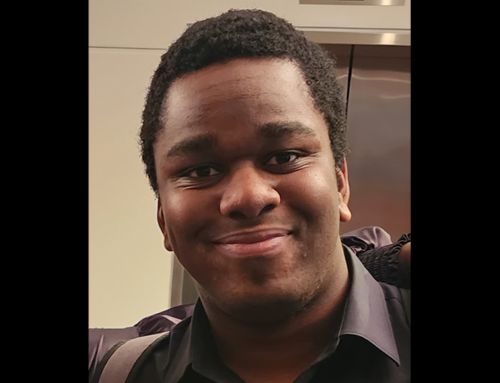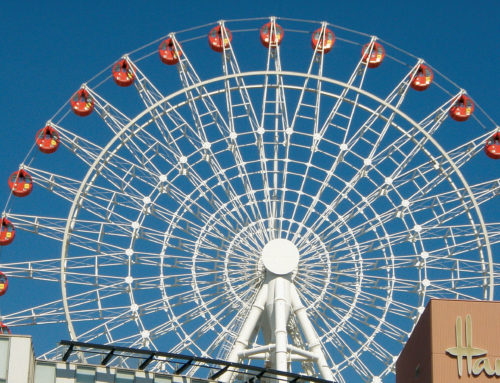
Author: Kathleen Ruiz
Associate professor of integrated arts at Rensselaer Polytechnic Institute
Few of us, as we go about our daily lives, spare much time thinking about plankton. In fact, it is safe to say that most of us know next to nothing about these tiny beings in our lakes. Yet all of us, whether we realize it or not, are absolutely dependent on them for survival. So as we witness the annihilation of environmental protections and funding, it is vital that we give these tiny plankton a voice and a presence that prevents them from being overlooked.
As a media artist, my work is centered on simulation, perspective, and empathy. In this spirit, I led an incredible team in the development of The World of Plankton, an interactive ecological art game installation currently on exhibit at the ECHO, Leahy Center for Lake Champlain, that provides microscopic organisms with virtual embodiment. This project is an important example of how using the virtual can be a radical act of preservation.
Among other features, the installation has a virtual touch-pool aquarium with original art, animation, and music that allows up to four players to gather around a giant digital touch table to capture and explore zooplankton, phytoplankton, and fish species. For many visitors, The World of Plankton provides them their first experience with how plankton truly look and behave, and thus an opportunity to consider these beings on a deeper level.
The term “plankton” describes communities of algae (phytoplankton) and animals (zooplankton) that are suspended in the water and travel with the currents. They are responsible for the air we breathe and the food we eat. Roughly half of the oxygen in our atmosphere was produced by phytoplankton, which also form the base of aquatic food webs. Algae is eaten by zooplankton and other creatures, which are eaten by small fish, which are then eaten by birds and larger fish, and so on. Ultimately, it all comes back to plankton.
Unfortunately, the plankton we rely upon are being threatened. Researchers studying Lake George through the revolutionary environmental monitoring capabilities made possible by The Jefferson Project—a partnership between Rensselaer Polytechnic Institute, IBM, and The Fund for Lake George—have shown that the delicate balance of phytoplankton and zooplankton can be disrupted by chemical fertilizers, septic waste, and even road salts. When I learned about this work, and that of my colleagues at the Darrin Fresh Water Institute, I realized that there is a fragility to nature that must be deeply respected.
The plight of plankton is a worldwide issue, and the team behind The World of Plankton reflects that. It consists of people from the United States, China, the Caribbean, Europe, and Central and South America—all of whom have seen declining conditions in their freshwater resources.
By combining game design, art, and scientific research, we have allowed people to essentially, see, hear and touch plankton in new ways—and learn about them at the same time. This is a potent way to become more informed and activated about the very urgent issues of environmental ecology. Importantly, the initial response to The World of Plankton also indicates that it is effective. Originally conceived of as a temporary exhibit, it has been so popular that we have been asked by ECHO to convert it into a permanent one.
This demonstrates the potential for using virtual worlds to inspire us to preserve our actual one. Just as we gave voice to microscopic but mighty plankton, we can use this technology creatively to introduce people to new worlds, new perspectives, and new systems that will generate empathy and an enhanced desire for understanding.
In fact, we believe so much in the power of this approach that we are already hard at work on our next game.
The World of Plankton was supported by the Jefferson Project, the NVIDIA Corporation’s Academic Research Grant, 1st Playable Productions, and The New York State Council on the Arts in partnership with Wave Farm: Media Arts Assistance Fund.

